1. Who named the Perfume River?
- King Quang Trung0%
- Lord Nguyen Hoang0%
- A local resident0%
- It remains a mystery.0%
The origin of the name "Huong River" (Fragrance River) is explained in several different ways.
Legend says that Lord Nguyen Hoang followed the advice of a fairy, lit incense, sailed on the river, and stopped when the incense burned out to choose a place to establish his palace, hence the river is called the Perfume River. However, this is just a folk explanation.
According to some researchers, the river's name may originate from the fragrance of the Acorus calamus plant growing upstream, which gives the river water a pleasant aroma.
Another theory suggests that the name originates from the place name Huong Tra - the area through which the river flows; initially, the river was called Kim Tra River, then changed to Huong Tra River, and later shortened to Huong River.
Thus, the origin of the name Perfume River (Sông Hương) remains subject to many different theories, with no consensus reached.
2. Which famous bridge spans the Perfume River?
- Dong Ba Bridge0%
- Gia Hoi Bridge0%
- Truong Tien Bridge0%
- Phu Xuan Bridge0%
The Truong Tien Bridge (or Trang Tien Bridge) is a symbol of Hue , like a silk ribbon stretching across the Perfume River. At night, the bridge is brilliantly illuminated, casting its reflection onto the romantic river.
3. Which famous temple faces the Perfume River?
- Thien Lam Pagoda0%
- Thien Mu Pagoda0%
- Huyen Khong Son Thuong Pagoda0%
- Tu Hieu Pagoda0%
Thien Mu Pagoda was the largest national temple during the Nguyen Lords' and Nguyen Dynasty periods, boasting ancient and majestic architecture. Built by Lord Nguyen Hoang, it faces the river. Currently, Thien Mu Pagoda is located in Kim Long Ward, Hue City.
As a UNESCO World Heritage site, Thien Mu Pagoda boasts a picturesque and majestic landscape and houses many unique treasures.
4. Which of the following is not another name for the Perfume River?
- Lo Dung River0%
- Linh River0%
- Kim Tra River0%
- Han River0%
According to Nguyen Trai's "Geography of Vietnam" and Le Quy Don's "Miscellaneous Records of the Border Region," before being named the Perfume River, it was known as the Linh River, Huong Tra River, Lo Dung River, Dinh River, Yen Luc River, etc.
5. Which of the following is a characteristic of the Perfume River?
- The water flows rapidly due to the steep terrain.0%
- The water flows slowly because the slope is not steep compared to sea level.0%
- Flowing underground at the foot of Ngoc Tran mountain.0%
- The river frequently changes course due to sediment deposition.0%
According to the Hue City Electronic Information Portal , the Perfume River is formed from two branches, the Ta Trach and Huu Trach, both originating from the eastern Truong Son mountain range. After merging at Bang Lang Junction, the river becomes gentler.
The river is approximately 80km long, with the section from Bang Lang to Thuan An estuary being 30km; due to the gentle slope, the water flows slowly. When passing Hon Chen temple, the river water has a distinctive green color.
The Perfume River meanders through the mountains and forests, silently flowing past the villages of Kim Long, Nguyet Bieu, Vi Da, Dong Ba, Bao Vinh… before emptying into the sea – a gift from nature bestowed upon Hue.
6. During which king's reign was the construction of the Hue Imperial City begun?
- Thieu Tri0%
- Gia Long0%
- Minh Mạng0%
- Tu Duc0%
The Hue Imperial City was surveyed by Emperor Gia Long in 1803, construction began in 1805, and was completed in 1832 during the reign of Emperor Minh Mang.
The citadel has a circumference of over 10km, an area of 520 hectares, 10 main gates and 2 water gates, built in the Vauban style (French) combined with East Asian architecture.
Despite two centuries and wars, the citadel has remained almost intact, forming an important part of the Hue Imperial Citadel Complex - a UNESCO World Heritage site.
Source: https://vietnamnet.vn/ai-dat-ten-cho-song-huong-2457945.html


![[Image] Leaked images ahead of the 2025 Community Action Awards gala.](/_next/image?url=https%3A%2F%2Fvphoto.vietnam.vn%2Fthumb%2F1200x675%2Fvietnam%2Fresource%2FIMAGE%2F2025%2F12%2F16%2F1765882828720_ndo_br_thiet-ke-chua-co-ten-45-png.webp&w=3840&q=75)
![[Live] 2025 Community Action Awards Gala](/_next/image?url=https%3A%2F%2Fvphoto.vietnam.vn%2Fthumb%2F1200x675%2Fvietnam%2Fresource%2FIMAGE%2F2025%2F12%2F16%2F1765899631650_ndo_tr_z7334013144784-9f9fe10a6d63584c85aff40f2957c250-jpg.webp&w=3840&q=75)


![[Photo] Prime Minister Pham Minh Chinh receives the Governor of Tochigi Province (Japan)](/_next/image?url=https%3A%2F%2Fvphoto.vietnam.vn%2Fthumb%2F1200x675%2Fvietnam%2Fresource%2FIMAGE%2F2025%2F12%2F16%2F1765892133176_dsc-8082-6425-jpg.webp&w=3840&q=75)
![[Photo] Prime Minister Pham Minh Chinh receives Lao Minister of Education and Sports Thongsalith Mangnormek](/_next/image?url=https%3A%2F%2Fvphoto.vietnam.vn%2Fthumb%2F1200x675%2Fvietnam%2Fresource%2FIMAGE%2F2025%2F12%2F16%2F1765876834721_dsc-7519-jpg.webp&w=3840&q=75)








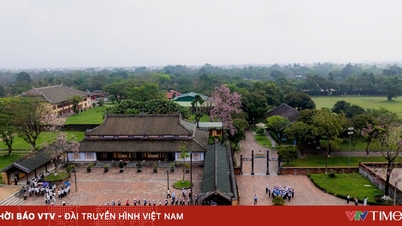

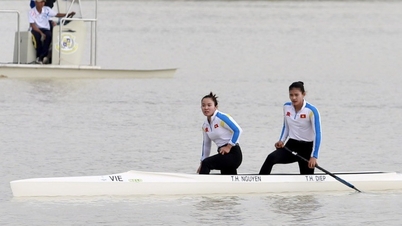










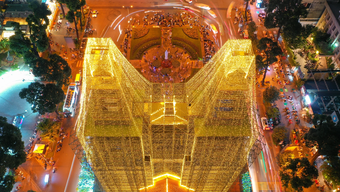








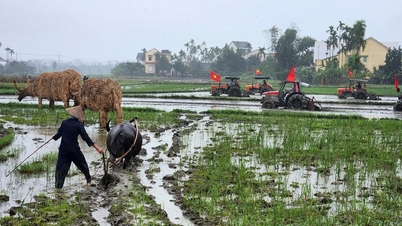




























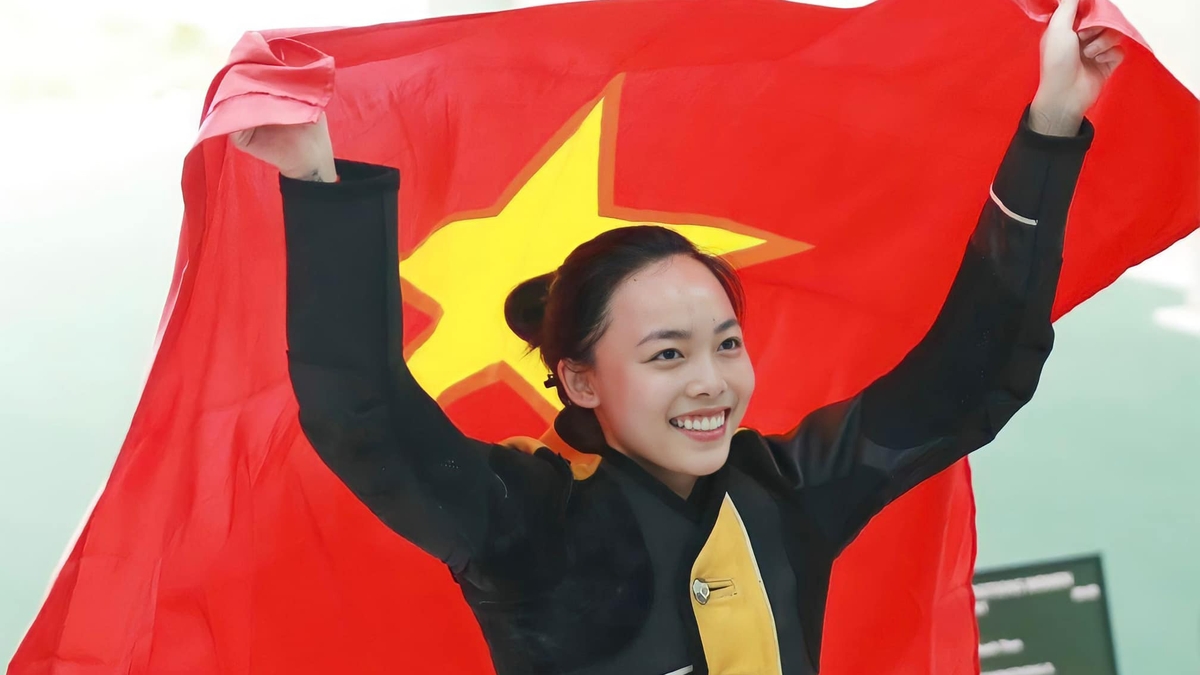
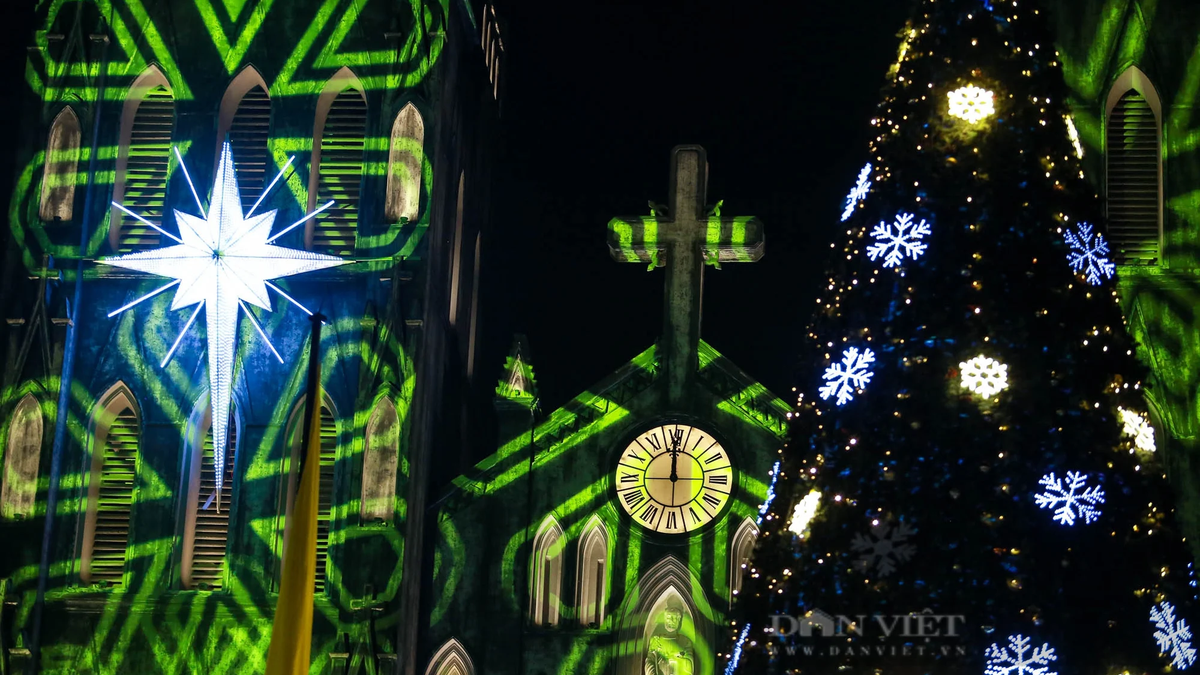



![[Video] Independence and self-reliance linked with international integration through 40 years of reform](https://vphoto.vietnam.vn/thumb/402x226/vietnam/resource/IMAGE/2025/12/16/1765899635777_1-1-8054-png.webp)



































Comment (0)